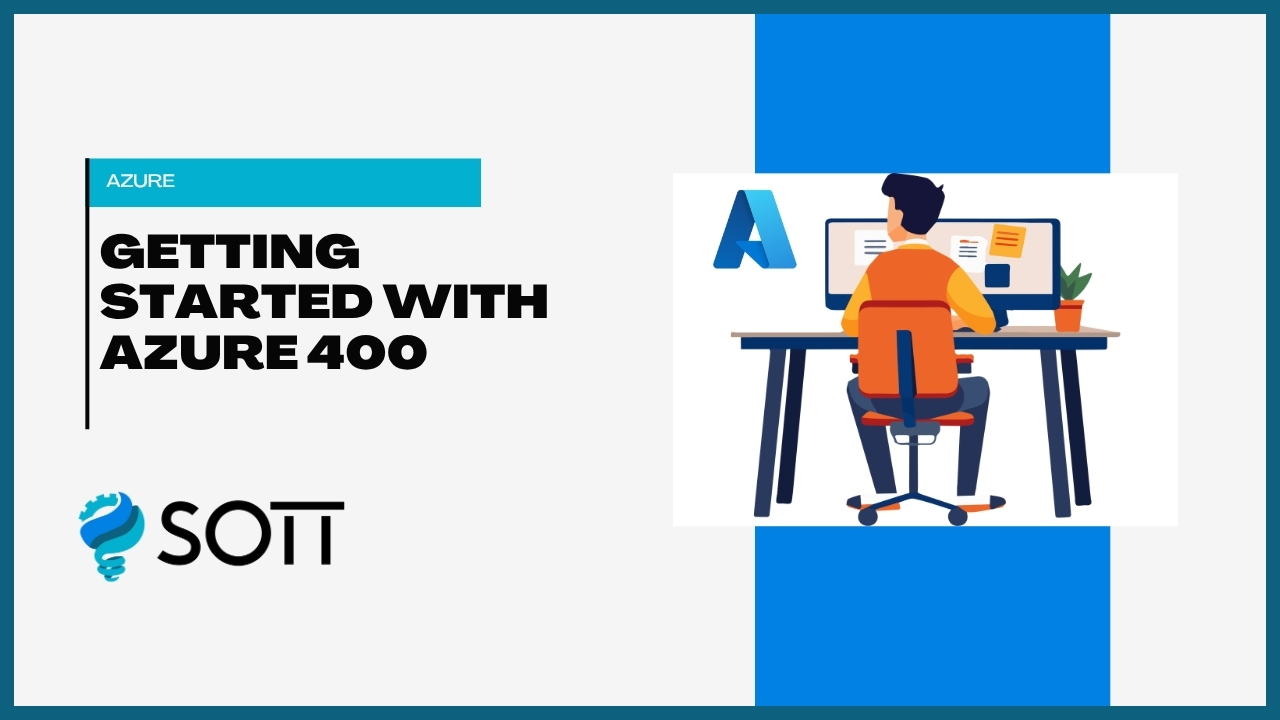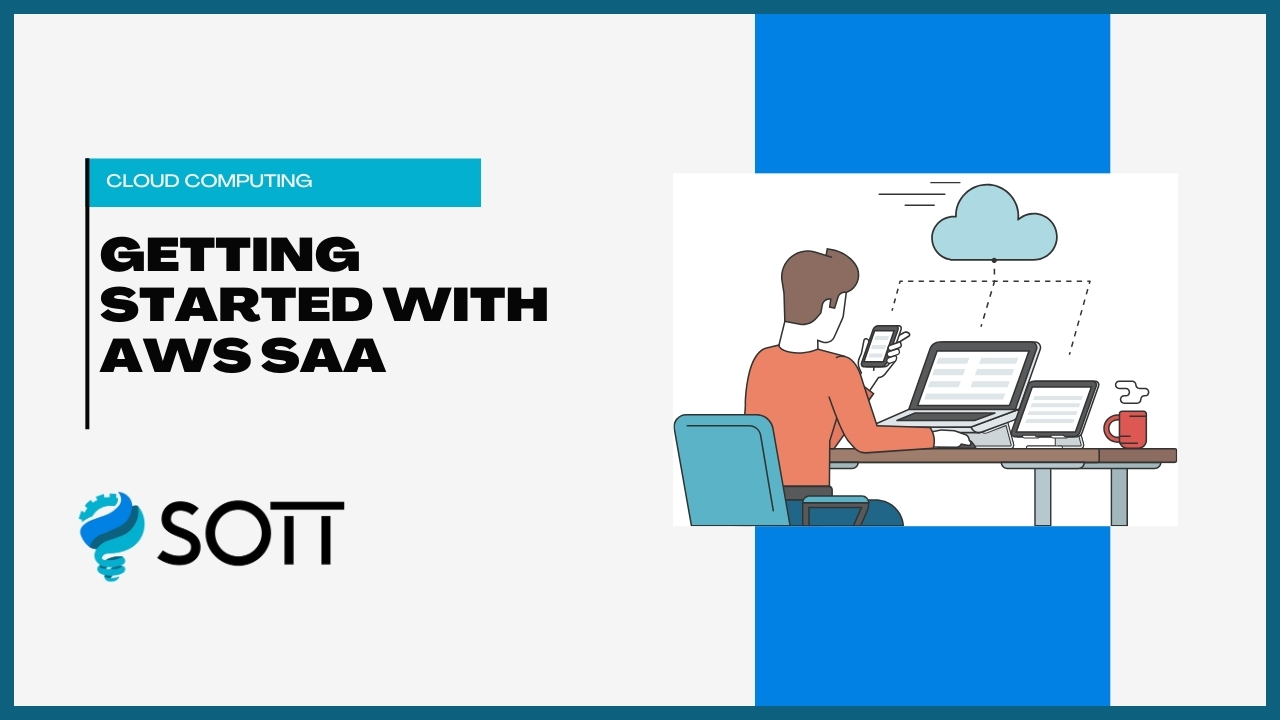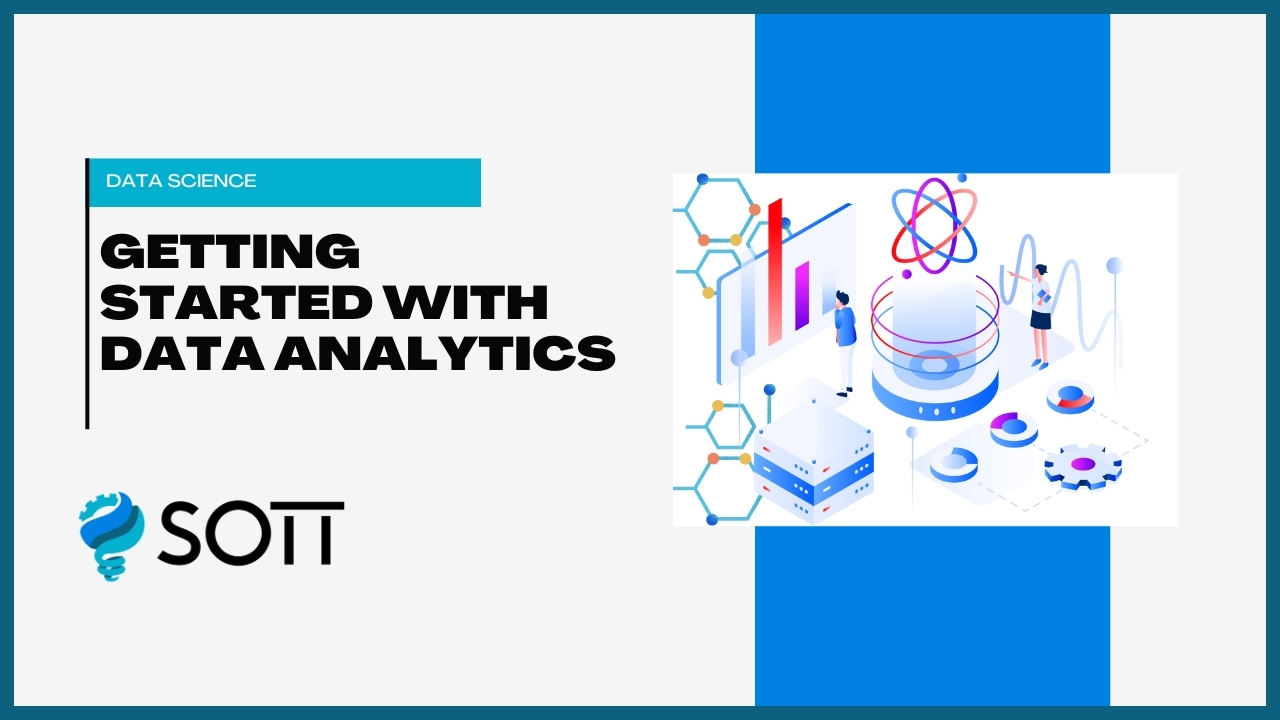Section 1: Introduction to DevOps
- Introduction
- What is DevOps?
- Explore the DevOps journey
- Identify transformation teams
- Define organization structure for agile practices
- Explore shared goals and define timelines
- What is Azure DevOps?
- What is GitHub?
- Design a license management strategy
- What is source control?
- Describe working with Git locally
- Introduction to Azure Repos
- Introduction to GitHub
- Module assessment
- Summary
Section 2: Plan Agile with GitHub Projects and Azure Boards
- Introduction
- Introduction to GitHub Projects and Project boards
- Introduction to Azure Boards
- Configure projects and teams in Azure DevOps
- Link GitHub to Azure Boards
- Configure GitHub Projects
- Manage work with GitHub Project boards
- Customize Project views
- Collaborate using team discussions
- Design and implement a strategy for feedback cycles
- Design and implement source, bug, and quality traceability
- Agile Plan and Portfolio Management with Azure Boards
- Module assessment
- Summary
Section 3: Design and implement branch strategies and workflows
- Introduction
- Explore branch workflow types
- Explore feature branch workflow
- Explore Git branch model for continuous delivery
- Explore GitHub flow
- Explore fork workflow
- Implement branch merging restrictions
- Version Control with Git in Azure Repos
- Module assessment
- Summary
Section 4: Collaborate with pull requests in Azure Repos
- Introduction
- Collaborate with pull requests
- Exercise Azure Repos collaborating with pull requests
- Module assessment
- Summary
Section 5: Explore Git hooks
- Introduction
- Introduction to Git hooks
- Implement Git hooks
- Module assessment
- Summary
Section 6: Plan foster inner source
- Introduction
- Explore foster inner source
- Implement the fork workflow
- Describe inner source with forks
- Module assessment
- Summary
Section 7: Manage and configure repositories
- Introduction
- Work with large repositories
- Explore monorepo versus multiple repos
- Implement a change log
- Implement Scalar and cross repo when cross repo sharing
- Recover specific data by using Git commands
- Purge repository data
- Manage releases with GitHub Repos
- Automate release notes with GitHub
- Create API documentation
- Implement automation of Git history documentation
- Configure source control repository permissions using GitHub
- Configure GitHub tags to organize repositories
- Module assessment
- Summary
Section 8: Identify technical debt
- Introduction
- Examine code quality
- Examine complexity and quality metrics
- Introduction to technical debt
- Measure and manage technical debt
- Introduction to GitHub Advanced Security
- Integrate other code quality tools
- Plan effective code reviews
- Module assessment
- Summary
Section 1: Explore Azure Pipelines
- Introduction
- Explore the concept of pipelines in DevOps
- Describe Azure Pipelines
- Understand Azure Pipelines key terms
- Module assessment
- Summary
Section 2: Manage Azure Pipeline agents and pools
- Introduction
- Choose between Microsoft-hosted versus self-hosted agents
- Explore job types
- Introduction to agent pools
- Explore predefined agent pool
- Understand typical situations for agent pools
- Communicate with Azure Pipelines
- Communicate to deploy to target servers
- Examine other considerations
- Describe security of agent pools
- Configure agent pools and understand pipeline styles
- Module assessment
- Summary
Section 3: Describe pipelines and concurrency
- Introduction
- Understand parallel jobs
- Estimate parallel jobs
- Describe Azure Pipelines and open-source projects
- Explore Azure Pipelines and Visual Designer
- Describe Azure Pipelines and YAML
- Enable Continuous Integration with Azure Pipelines
- Module assessment
- Summary
Section 4: Design and implement a pipeline strategy
- Introduction
- Configure agent demands
- Explore multi-configuration and multi-agent
- Integrate GitHub repos and Azure Pipelines
- Design and implement a comprehensive testing strategy
- Implement code coverage and show in the pipeline
- Implement multi-job builds
- Explore source control types supported by Azure Pipelines
- Module assessment
- Summary
Section 5: Integrate with Azure Pipelines
- Introduction
- Describe the anatomy of a pipeline
- Understand the pipeline structure
- Detail templates
- Explore YAML resources
- Use multiple repositories in your pipeline
- Migrate a pipeline from classic to YAML in Azure Pipelines
- Module assessment
- Summary
Section 6: Introduction to GitHub Actions
- Introduction
- What are actions?
- Explore Actions flow
- Understand Workflows
- Describe standard workflow syntax elements
- Explore Events
- Explore Jobs
- Explore Runners
- Examine release and test an action
- Module assessment
- Summary
Section 7: Learn continuous integration with GitHub Actions
- Introduction
- Describe continuous integration with actions
- Examine environment variables
- Share artifacts between jobs
- Examine Workflow badges
- Describe best practices for creating actions
- Mark releases with Git tags
- Create encrypted secrets
- Use secrets in a workflow
- Implement GitHub Actions for CI/CD
- Module assessment
- Summary
Section 8: Design a container build strategy
- Introduction
- Examine structure of containers
- Work with Docker containers
- Understand Dockerfile core concepts
- Examine multi-stage dockerfiles
- Examine considerations for multiple stage builds
- Explore Azure container-related services
- Deploy Docker containers to Azure App Service web apps
- Module assessment
- Summary
Section 1: Create a release pipeline
- Introduction
- Describe Azure DevOps release pipeline capabilities
- Explore release pipelines
- Explore artifact sources
- Choose the appropriate artifact source
- Examine considerations for deployment to stages
- Explore build and release tasks
- Explore custom build and release tasks
- Explore release jobs
- Understand database deployment task
- Configure Pipelines as Code with YAML
- Module assessment
- Summary
Section 2: Explore release recommendations
- Introduction
- Understand the delivery cadence and three types of triggers
- Explore release approvals
- Explore release gates
- Use release gates to protect quality
- Explore GitOps release strategy and recommendations
- Control Deployments using Release Gates
- Module assessment
- Summary
Section 3: Provision and test environments
- Introduction
- Provision and configure target environments
- Exercise - set up service connections
- Configure automated integration and functional test automation
- Understand Shift-left
- Set up and run availability tests
- Explore Azure Load Testing
- Set up and run functional tests
- Module assessment
- Summary
Section 4: Manage and modularize tasks and templates
- Introduction
- Examine task groups
- Explore variables in release pipelines
- Exercise - create and manage variable groups
- Module assessment
- Summary
Section 5: CustomAutomate inspection of health
- Introduction
- Automate inspection of health
- Explore events and notifications
- Explore service hooks
- Configure Azure DevOps notifications
- Configure GitHub notifications
- Explore how to measure quality of your release process
- Examine release notes and documentation
- Examine considerations for choosing release management tools
- Explore common release management tools
- Module assessment
- Summary
Section 1: Introduction to deployment patterns
- Introduction
- Explore microservices architecture
- Examine classical deployment patterns
- Understand modern deployment patterns
- Module assessment
- Summary
Section 2: Implement blue-green deployment and feature toggles
- Introduction
- What is blue-green deployment?
- Explore deployment slots
- Introduction to feature toggles
- Describe feature toggle maintenance
- Module assessment
- Summary
Section 3: Implement canary releases and dark launching
- Introduction
- Explore canary releases
- Examine traffic manager
- Understand dark launching
- Module assessment
- Summary
Section 4: Implement A/B testing and progressive exposure deployment
- Introduction
- What is A/B testing?
- Explore CI-CD with deployment rings
- Module assessment
- Summary
Section 5: Integrate with identity management systems
- Introduction
- Integrate GitHub with single sign-on (SSO)
- Design and implement permissions and roles in GitHub
- Design and implement permissions and security groups in Azure DevOps
- Explore workload identities
- Implement managed identities
- Module assessment
- Summary
Section 6: Manage application configuration data
- Introduction
- Rethink application configuration data
- Explore separation of concerns
- Understand external configuration store patterns
- Implement Azure DevOps secure files
- Introduction to Azure App Configuration
- Examine Key-value pairs
- Examine App configuration feature management
- Integrate Azure Key Vault with Azure Pipelines
- Manage secrets, tokens and certificates
- Examine DevOps inner and outer loop
- Integrate Azure Key Vault with Azure DevOps
- Enable Dynamic Configuration and Feature Flags
- Module assessment
- Summary
Section 1: Explore infrastructure as code and configuration management
- Introduction
- Explore environment deployment
- Examine environment configuration
- Understand imperative versus declarative configuration
- Understand idempotent configuration
- Module assessment
- Summary
Section 2: Create Azure resources using Azure Resource Manager templates
- Introduction
- Why use Azure Resource Manager templates?
- Explore template components
- Manage dependencies
- Modularize templates
- Manage secrets in templates
- Module assessment
- Summary
Section 3: Create Azure resources using Azure CLI
- Introduction
- What is Azure CLI?
- Install Azure CLI
- Execute Azure CLI commands interactively
- Create an Azure CLI script for Bash
- Tips to use the Azure CLI successfully
- Module assessment
- Summary
Section 4: Explore Azure Automation with DevOps
- Introduction
- Create automation accounts
- What is a runbook?
- Understand automation shared resources
- Explore runbook gallery
- Examine webhooks
- Explore source control integration
- Explore PowerShell workflows
- Create a workflow
- Explore hybrid management
- Examine checkpoint and parallel processing
- Module assessment
- Summary
Section 5: Implement Desired State Configuration (DSC)
- Introduction
- Understand configuration drift
- Explore Desired State Configuration (DSC)
- Explore Azure Automation State configuration (DSC)
- Examine DSC configuration file
- Implement DSC and Linux Automation on Azure
- Module assessment
- Summary
Section 6: Implement Bicep
- Introduction
- What is Bicep?
- Install Bicep
- Exercise - Create Bicep templates
- Understand Bicep file structure and syntax
- Exercise - Deploy a Bicep file from Azure Pipelines
- Exercise - Deploy a Bicep file from GitHub workflows
- Deployments using Azure Bicep templates
- Module assessment
- Summary
Section 1: Explore package dependencies
- Introduction
- What is dependency management?
- Describe elements of a dependency management strategy
- Identify dependencies
- Understand source and package componentization
- Decompose your system
- Scan your codebase for dependencies
- Module assessment
- Summary
Section 2: Understand package management
- Introduction
- Explore packages
- Understand package feeds
- Explore package feed managers
- Explore common public package sources
- Explore self-hosted and SaaS based package sources
- Consume packages
- Introduction to Azure Artifacts
- Publish packages
- Package management with Azure Artifacts
- Module assessment
- Summary
Section 3: Migrate consolidate and secure artifacts
- Introduction
- Identify existing artifact repositories
- Migrate and integrating artifact repositories
- Secure access to package feeds
- Examine roles
- Examine permissions
- Examine authentication
- Module assessment
- Summary
Section 4: Implement a versioning strategy
- Introduction
- Understand versioning of artifacts
- Explore semantic versioning
- Examine release views
- Promote packages
- Explore best practices for versioning
- Module assessment
- Summary
Section 5: Introduction to GitHub Packages
- Introduction
- Publish packages
- Install a package
- Delete and restore a package
- Explore package access control and visibility
- Module assessment
- Summary
Section 1: Implement tools to track usage and flow
- Introduction
- Understand the inner loop
- Introduction to continuous monitoring
- Explore Azure Monitor and Log Analytics
- Examine Kusto Query Language (KQL)
- Explore Application Insights
- Implement Application Insights
- Design and implement metrics and queries
- Monitor Application Performance with Azure Load Testing
- Module assessment
- Summary
Section 2: Develop monitor and status dashboards
- Introduction
- Configure monitoring in GitHub
- Explore Azure Dashboards
- Explore Azure Monitor workbooks
- Explore Power BI
- Build your own custom application
- Monitor pipeline health, including failure rate, duration, and flaky tests
- Optimize a pipeline for cost, time, performance, and reliability
- Optimize pipeline concurrency for performance and cost
- Module assessment
- Summary
Section 3: Share knowledge within teams
- Introduction
- Share acquired knowledge within development teams
- Introduction to Azure DevOps project wikis
- Integrate GitHub and Azure DevOps with Microsoft Teams
- Share team knowledge using Azure Project Wiki
- Module assessment
- Summary
Section 4: Design processes to automate application analytics
- Introduction
- Explore rapid responses and augmented search
- Integrate telemetry
- Examine monitoring tools and technologies
- Explore IT Service Management Connector
- Module assessment
- Summary
Section 5: Manage alerts, blameless retrospectives and a just culture
- Introduction
- Examine when to get a notification
- Explore how to fix it
- Explore smart detection notifications
- Improve performance
- Understand server response time degradation
- Reduce meaningless and non-actionable alerts
- Examine blameless retrospective
- Develop a just culture
- Module assessment
- Summary
Section 1: Introduction to Secure DevOps
- Introduction
- Describe SQL injection attack
- Understand DevSecOps
- Explore Secure DevOps Pipeline
- Explore key validation points
- Explore continuous security validation
- Understand threat modeling
- Explore CodeQL in GitHub
- Module assessment
- Summary
Section 2: Implement open-source software
- Introduction
- Explore how software is built
- What is open-source software?
- Explore corporate concerns with open-source software components
- Introduction to open-source licenses
- Explore common open-source licenses
- Examine license implications and ratings
- Module assessment
- Summary
Section 3: Software Composition Analysis
- Introduction
- Inspect and validate code bases for compliance
- Explore software composition analysis (SCA)
- Implement GitHub Dependabot alerts and security updates
- Integrate software composition analysis checks into pipelines
- Examine tools for assess package security and license rate
- Automate container scanning, including container images
- Interpret alerts from scanner tools
- Module assessment
- Summary
Section 4: Security Monitoring and Governance
- Introduction
- Implement pipeline security
- Explore Microsoft Defender for Cloud
- Examine Microsoft Defender for Cloud usage scenarios
- Explore Azure Policy
- Understand policies
- Explore initiatives
- Explore resource locks
- Understand Microsoft Defender for Identity
- Integrate GitHub Advanced Security with Microsoft Defender for Cloud
- Configure GitHub Advanced Security for GitHub and Azure DevOps
- Module assessment
- Summary

- CategoryAzure
- LevelExpert
- Duration3 Months
- Available SeatsUnlimited
Course Key Highlights
Real-Time Experts
Learn from industry experts with real-time experience.
Placement Support
Get assistance in securing your dream job with our dedicated placement support.
Live Project
Work on live projects to gain hands-on experience.
Certified Professional
Become a certified professional with industry-recognized certification.
Affordable Fees
Get the best quality education at affordable fees.
Flexibility To Assist
Flexible learning options to assist you in every way possible.
No Cost EMI
Pay your course fees in easy installments with no cost EMI.
Free Soft Skills
Develop essential soft skills along with technical knowledge.
Popular Questions to Ask Before Choosing a Course
SOTT courses include comprehensive video lessons, hands-on projects, downloadable resources, and live mentorship sessions. Our curriculum is designed to provide you with all the tools you need to succeed in your chosen field.
No, SOTT courses are designed to be flexible. You can start learning whenever it suits you best, and you have lifetime access to the course materials to learn at your own pace.
To take a SOTT course, simply enroll in the course of your choice, and you will have access to all the lessons, resources, and mentorship opportunities available. You can learn from any device, at any time.
Yes, upon completing a SOTT course, you will receive a certificate of completion, which you can share with your network and use to showcase your newly acquired skills to potential employers.
If you need help, you can reach out to our support team or connect with your course mentor for guidance. We are here to ensure you have the best learning experience possible.




